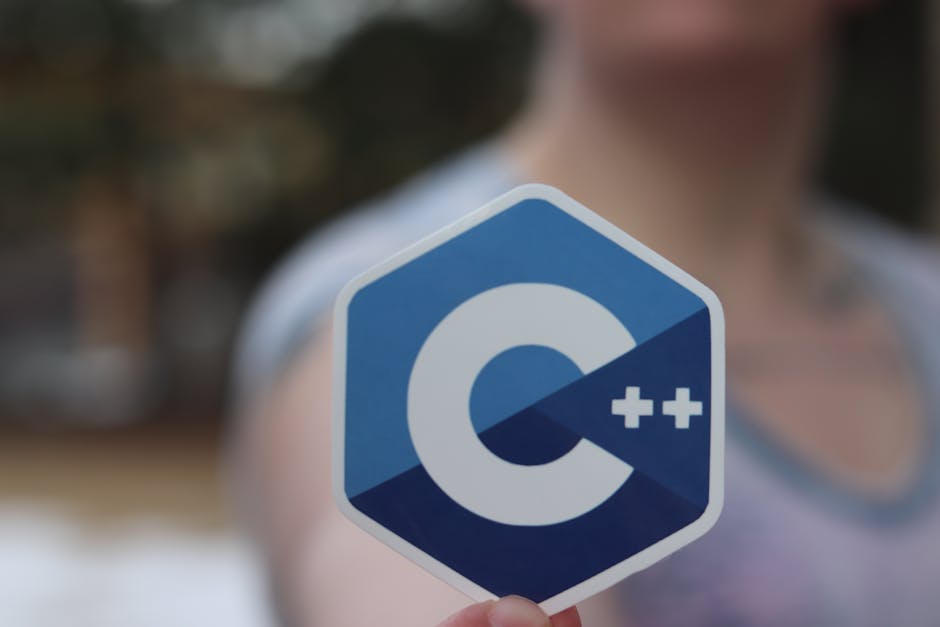– [Introduction](#introduction)
– [CI/CD for Social Media Applications](#cicd-for-social-media-applications)
– [Infrastructure Automation with Docker and Kubernetes](#infrastructure-automation-with-docker-and-kubernetes)
– [Scaling Strategies for High-Traffic Social Media Platforms](#scaling-strategies-for-high-traffic-social-media-platforms)
– [Security Considerations in Social Media Deployments](#security-considerations-in-social-media-deployments)
– [Lessons Learned: Real-World Social Media SaaS Deployments](#lessons-learned-real-world-social-media-saas-deployments)
– [Conclusion](#conclusion)
– [Explore More Social Media Development Insights](#explore-more-social-media-development-insights)
Introduction
Social Media platforms today demand resilient, scalable, and secure infrastructures. Whether you’re deploying a SaaS solution or optimizing existing social applications, leveraging best practices in automation, dockerization, and orchestration is essential for modern development teams. In this article, we’ll dissect critical technical strategies that power high-performing social media environments.
CI/CD for Social Media Applications
Continuous Integration and Continuous Deployment (CI/CD) pipelines are core to maintaining rapid feature deliveries for social media apps without compromising stability. By integrating automated testing, static code analysis, and deployment triggers, teams can achieve safe, incremental releases.
Practical CI/CD Pipeline Structure
- Automated build and test stages for each commit to
main branches
- Container image creation with vulnerability scanning using Trivy or Clair
- Staging deployments on Kubernetes for peer review and QA testing
- Production deployment triggers after successful staging verifications
- Rollback automation with versioned container images to minimize downtime
Infrastructure Automation with Docker and Kubernetes
Containers and orchestration platforms like Kubernetes enable teams to manage the intense variability of social media user loads. Automation scripts and infrastructure-as-code (IaC) paradigms improve reproducibility and streamline scaling.
Automated Deployment Patterns
- Infrastructure provisioning with Terraform or Ansible
- Docker-based containerization for REST APIs, realtime messaging, and workers
- Kubernetes manifest management using Helm charts or Kustomize
- Observability setup via Prometheus, Grafana, and distributed tracing
- Blue/green and canary deployments for new app releases
Scaling Strategies for High-Traffic Social Media Platforms
Scalability is crucial for platforms that can experience sudden viral traffic surges. Modern social media architectures leverage horizontal scaling, caching, and microservices to maintain performance.
Key Architectures and Approaches
- Horizontal Pod Autoscaling in Kubernetes based on CPU/RAM and custom business metrics
- Database partitioning (e.g., sharding, read replicas)
- CDN-backed media storage for images and videos
- Microservices decoupled for user feeds, notifications, and authentication
- Multi-region deployments with active-active failover
Security Considerations in Social Media Deployments
Regarding user data and privacy, robust security is non-negotiable. Automated scanning, strong secrets management, and policy enforcement are now standard expectations.
Security Automation Checklist
- Runtime vulnerability detection in containers
- Zero-trust networking and service mesh integrations (e.g., Istio, Linkerd)
- Strict RBAC policies in Kubernetes clusters
- Manifest scanning for misconfigurations using tools like kube-bench
- Enforced secrets encryption using sealed secrets or external vaults
Lessons Learned: Real-World Social Media SaaS Deployments
Teams deploying SaaS social media platforms at scale encounter unique challenges—integration, reliability, and rapid iteration are essential to user retention and business growth.
Critical Takeaways from Production Deployments
- Early investment in observability shortens incident response cycles
- Simplifying CI/CD pipelines reduces deployment overhead and errors
- Automated rollback mechanisms prevent prolonged outages
- Fine-grained scaling, not just in app nodes but also in supporting services, is essential
- Consistent application of security best practices avoids compliance risks
Conclusion
- Adopt modern CI/CD to accelerate and de-risk social media app deployments
- Automate infrastructure management with Docker and Kubernetes
- Design architectures that scale horizontally and leverage caching
- Enforce proactive security practices through automation
- Continuously refine workflows by learning from real-world SaaS operations
Explore More Social Media Development Insights
Ready to go deeper into social media SaaS architecture, automation, and scaling? Visit our dedicated
Social Media development blog for more expert insights and practical guides.
